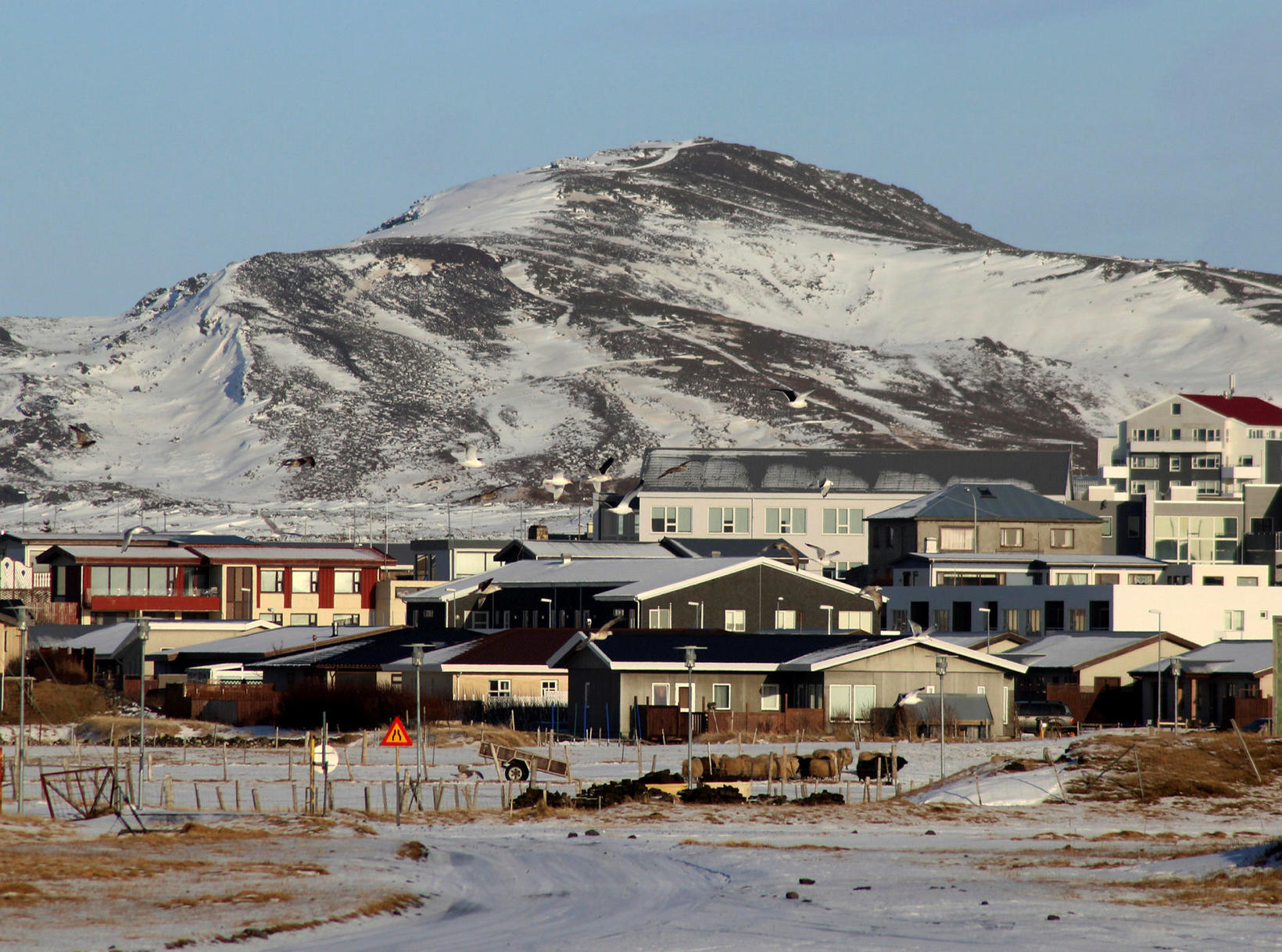22,000 Tremors in Reykjanes Last Year
Some parts of Iceland tremble more than others, and last year, a total of 22,000 tremors registered on the Reykjanes peninsula, Southwest Iceland, Morgunblaðið reports. Most of those were less than 3 in magnitude. This continuous seismic activity began in the town of Grindavík on January 26 last year. This was followed by an inflation of the surface – first by a couple of centimeters, then more, presumably due to magma accumulating under the surface.
“There is more seismic activity on the Reykjanes peninsula than we’ve seen before,” states Kristín Jónsdóttir, earthquake hazards coordinator at the Icelandic Met Office. It is the largest seismic activity since digital measurements began in 1991.
The activity has for the most part been concentrated in the area from the southwestern tip of Reykjanes to Kleifarvatn lake in the east, but during the past few months, the activity and source of the tremors have been moving farther east, toward Krýsuvík. On October 20 last year, the source of an earthquake of magnitude 5.6 was not far from Djúpavatn lake.
The tectonic plate boundary of the Reykjanes Ridge runs from west to east across the Reykjanes peninsula. This is where the North-American tectonic plate meets the Eurasian one, sparking the idea for the so-called Bridge Between Continents near Sandvík, popular among tourists.
On average, the plates move away from each other by about one cm a year, but during the past semesters, the movement in certain areas in Reykjanes has been up to 16 cm (6 in).
Kristín assumes that pressure is building up in the earth between Kleifarvatn lake and Bláfjöll mountains, which can only be released in a large earthquake. Two such, of magnitude 6.3 and 6, occurred in 1929 and 1968. Their source was near Brennisteinsfjöll mountains, east of Kleifarvatn lake.
Björn Oddsson, geophysicist and program director for the Department of Civil Protection and Emergency Management, states that the Reykjanes peninsula is constantly being monitored. A phase of uncertainty (the lowest alert phase) will remain in place there while seismic activity is above average.









